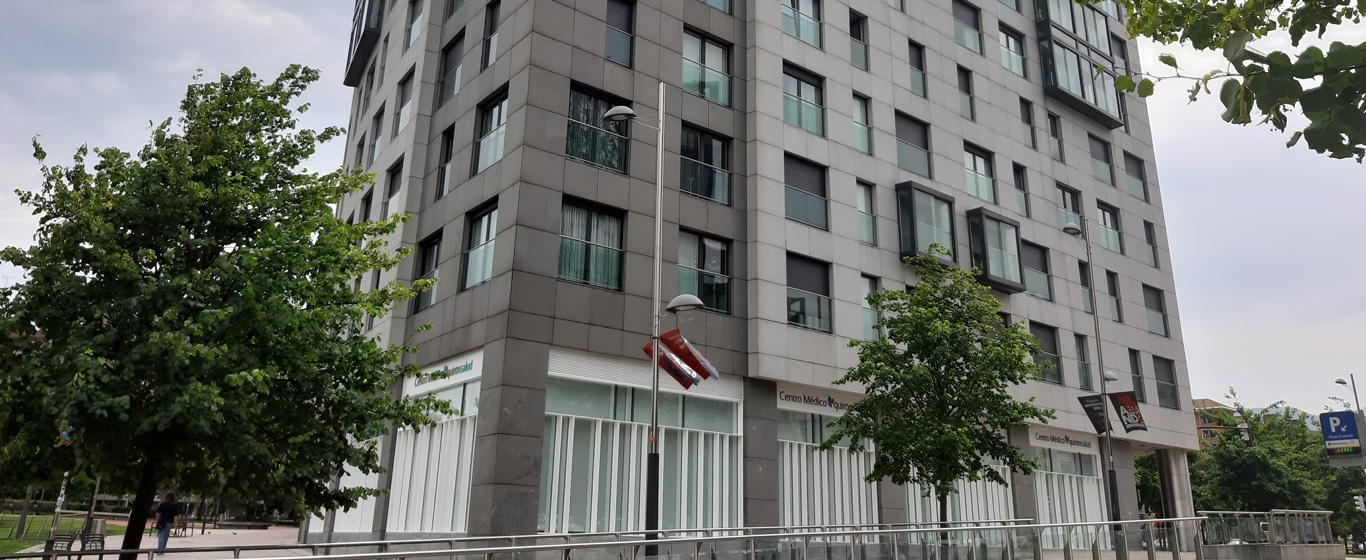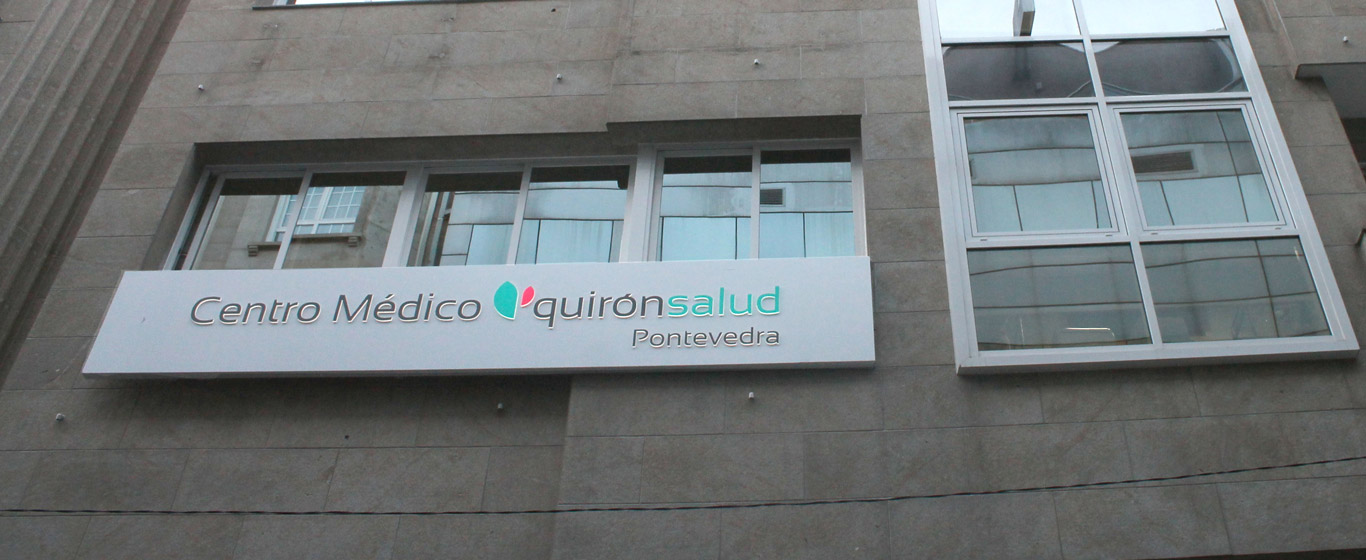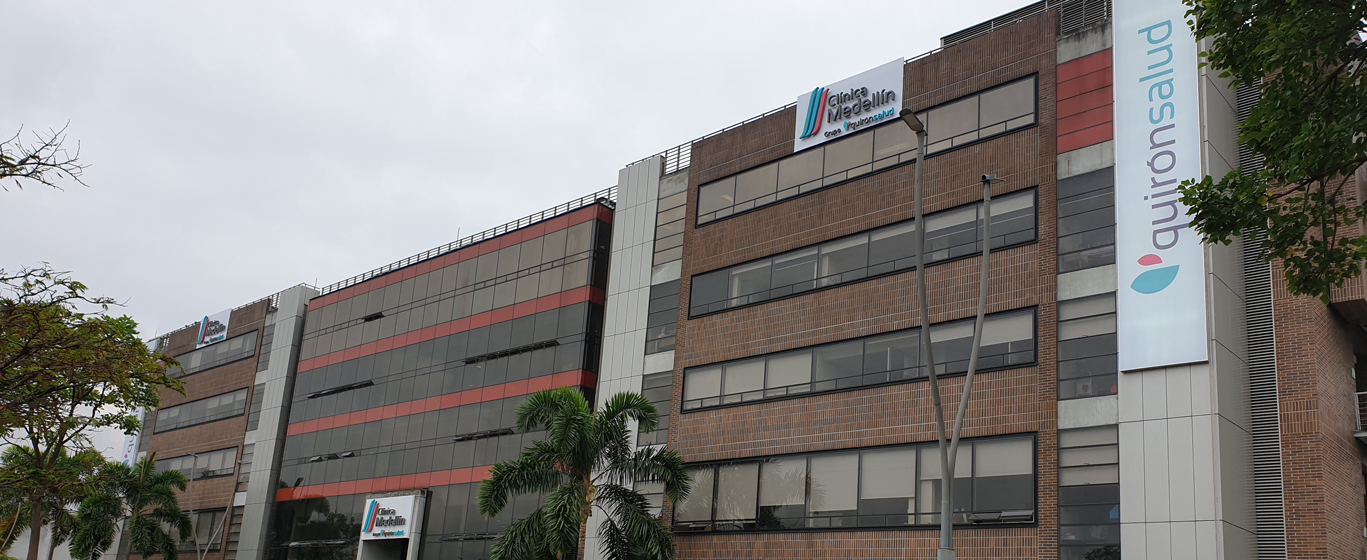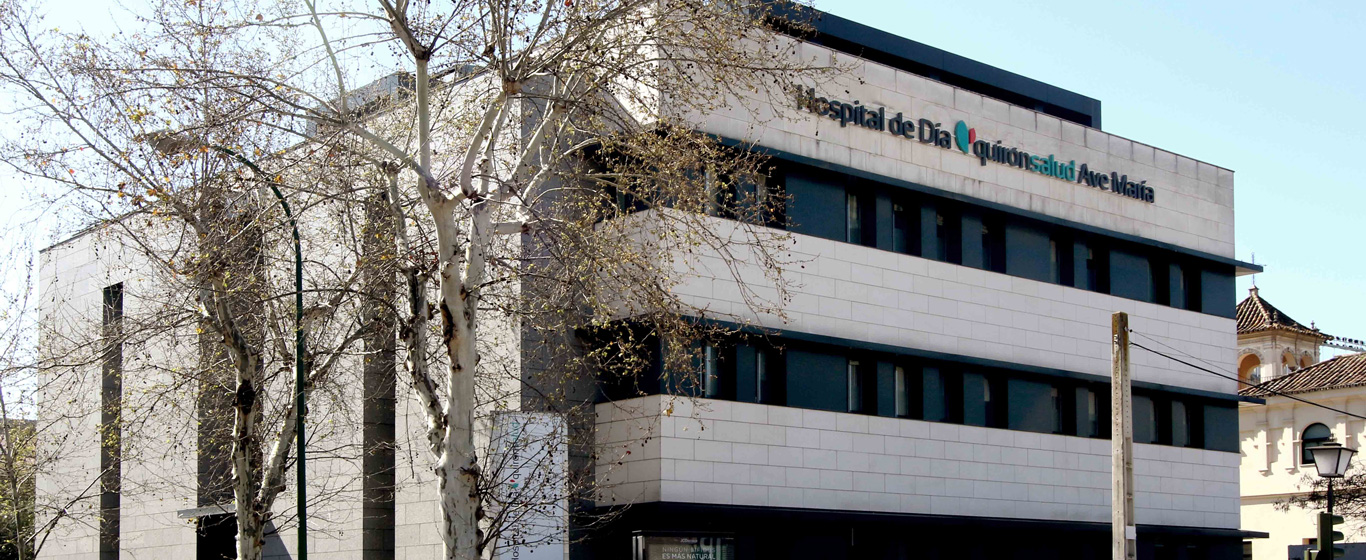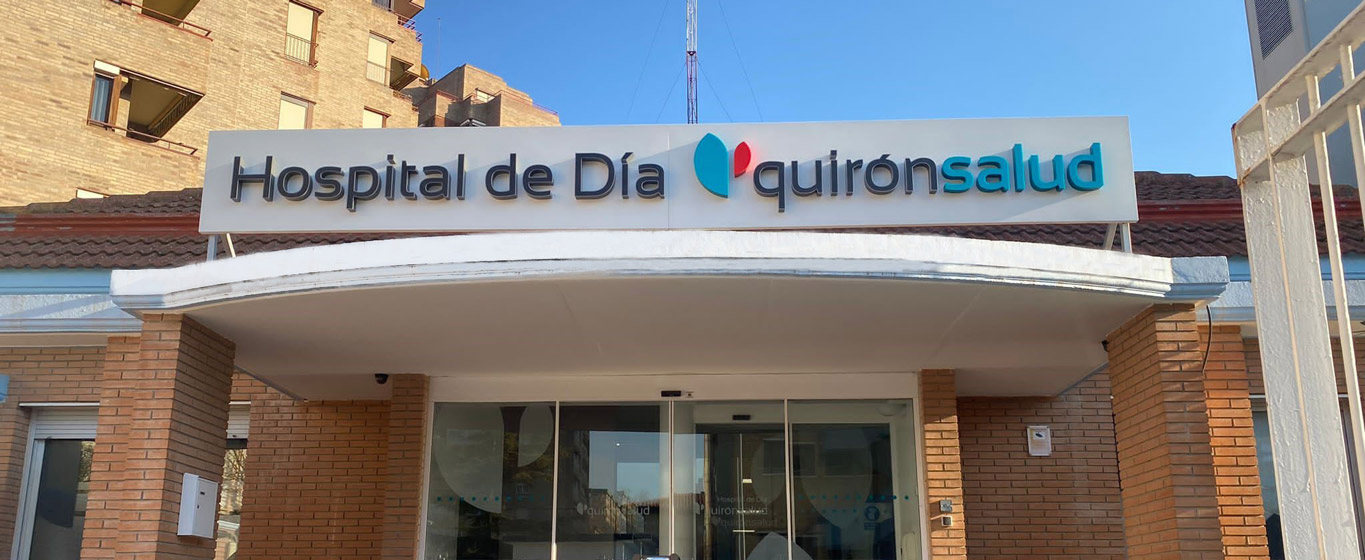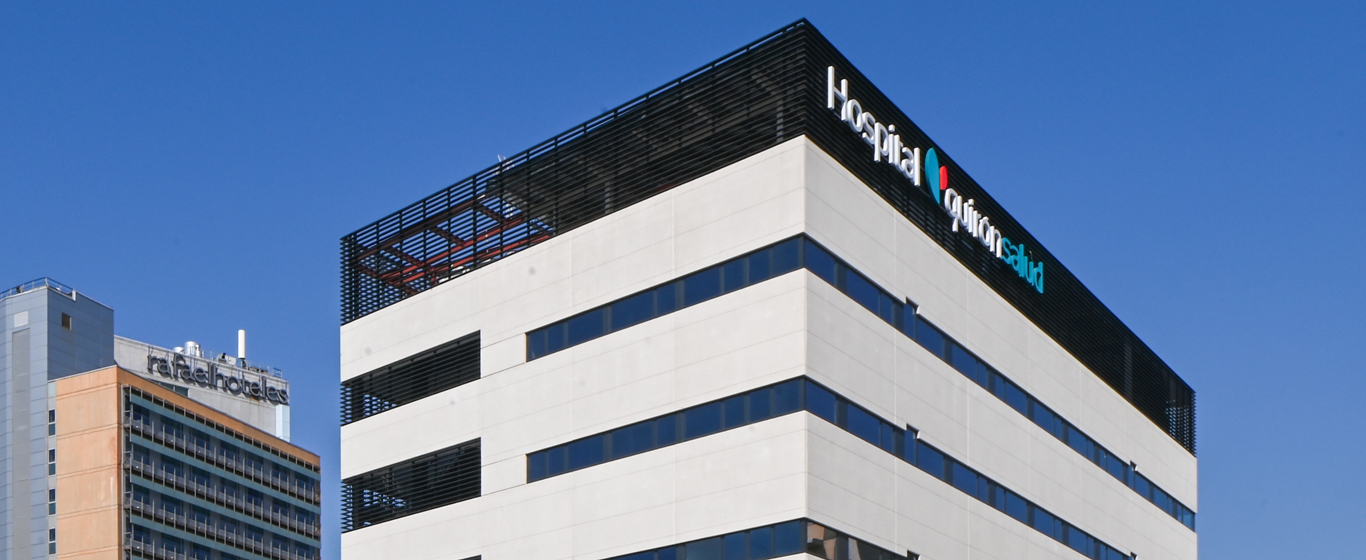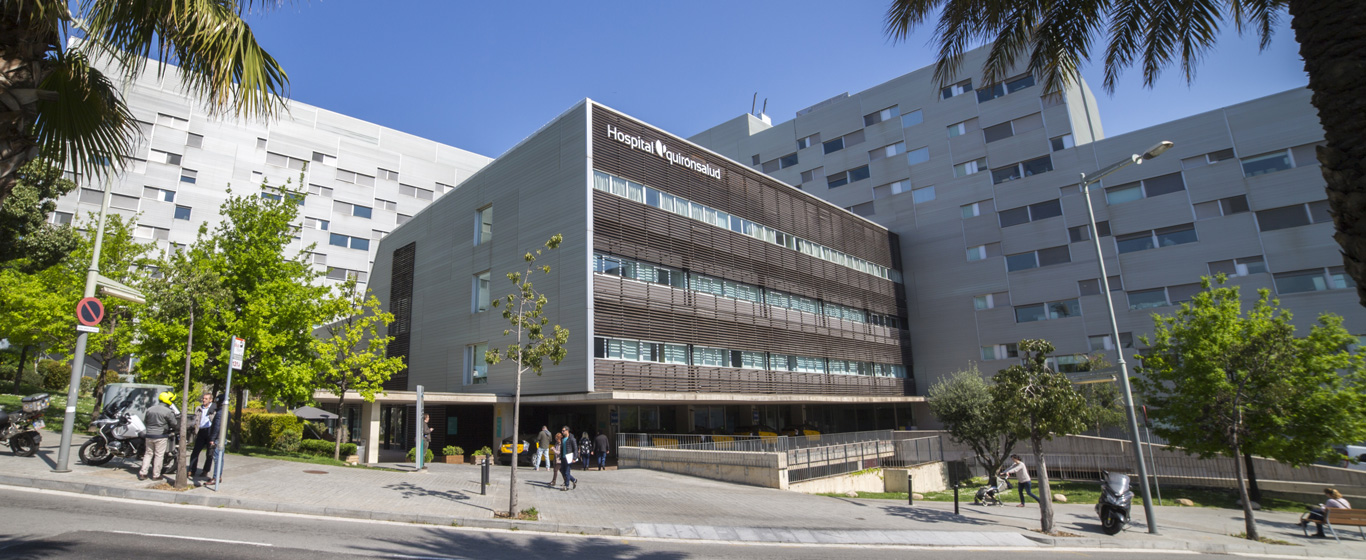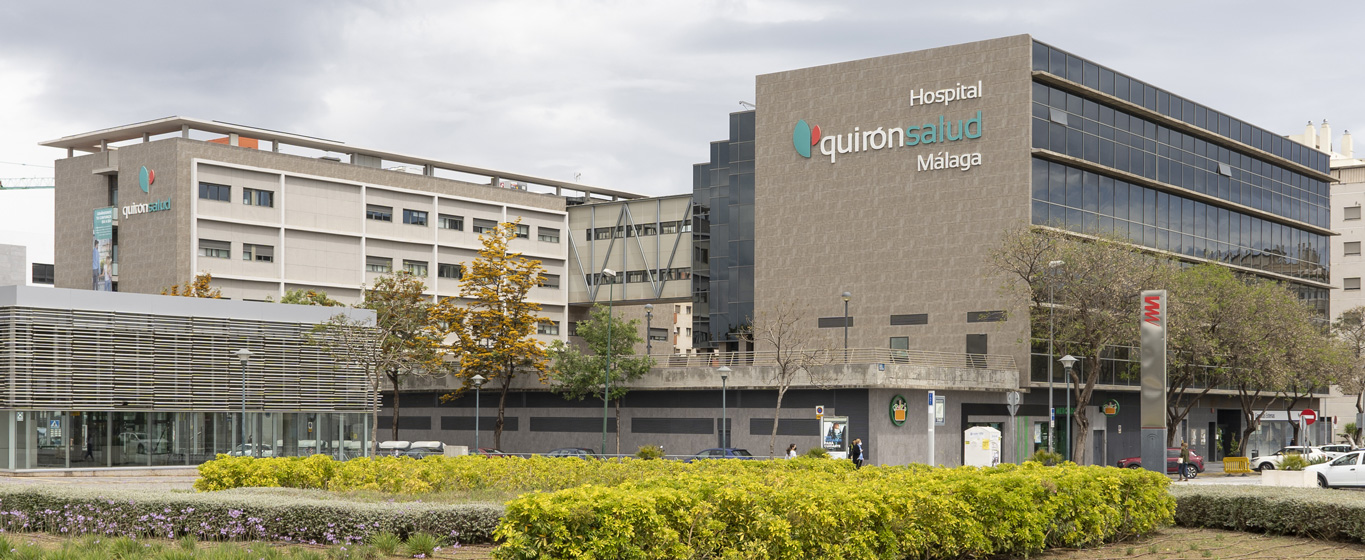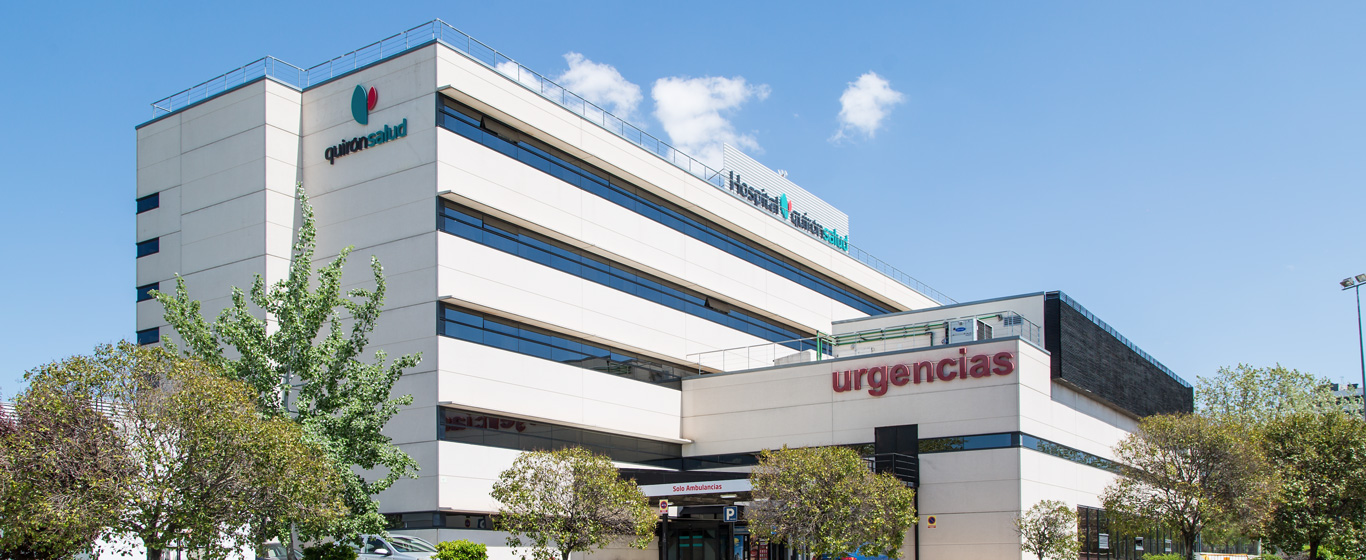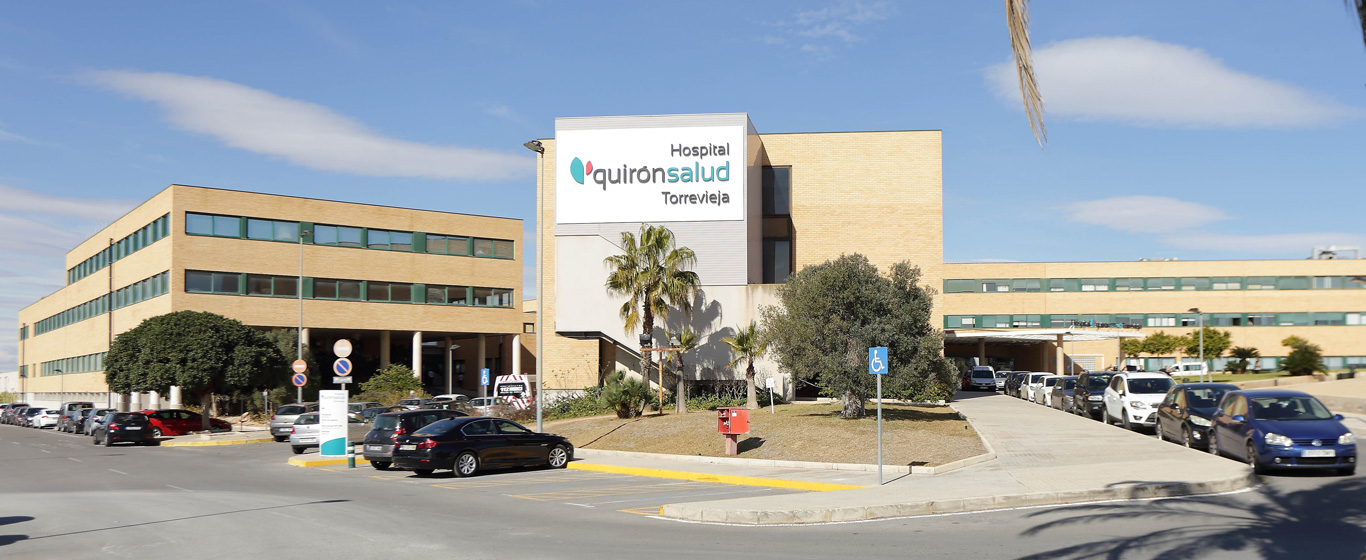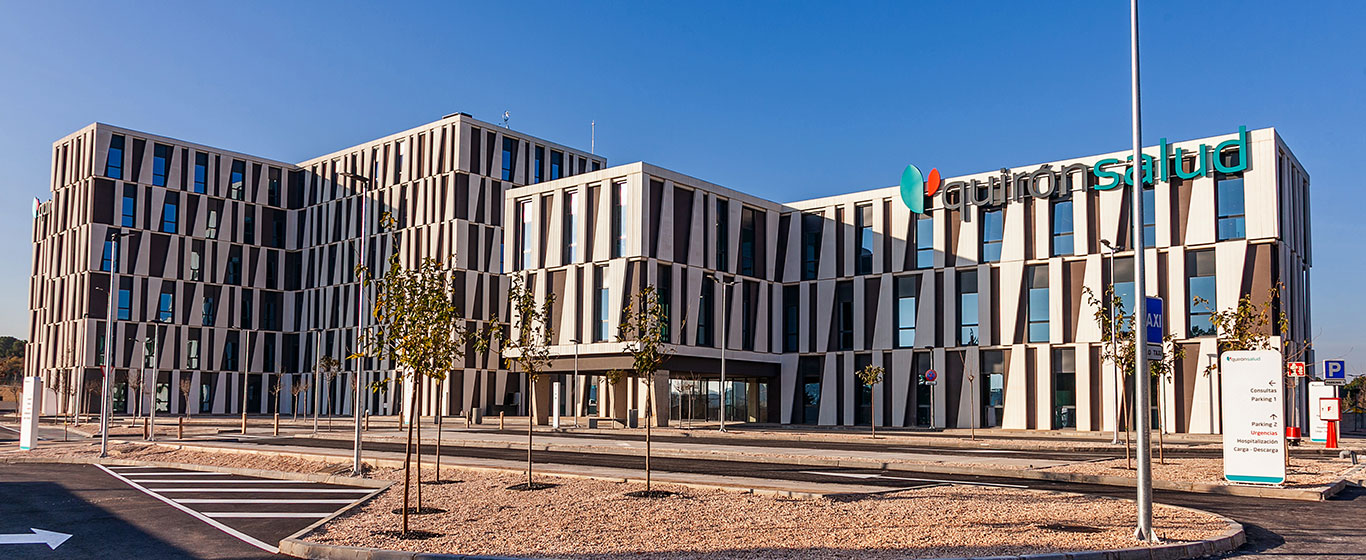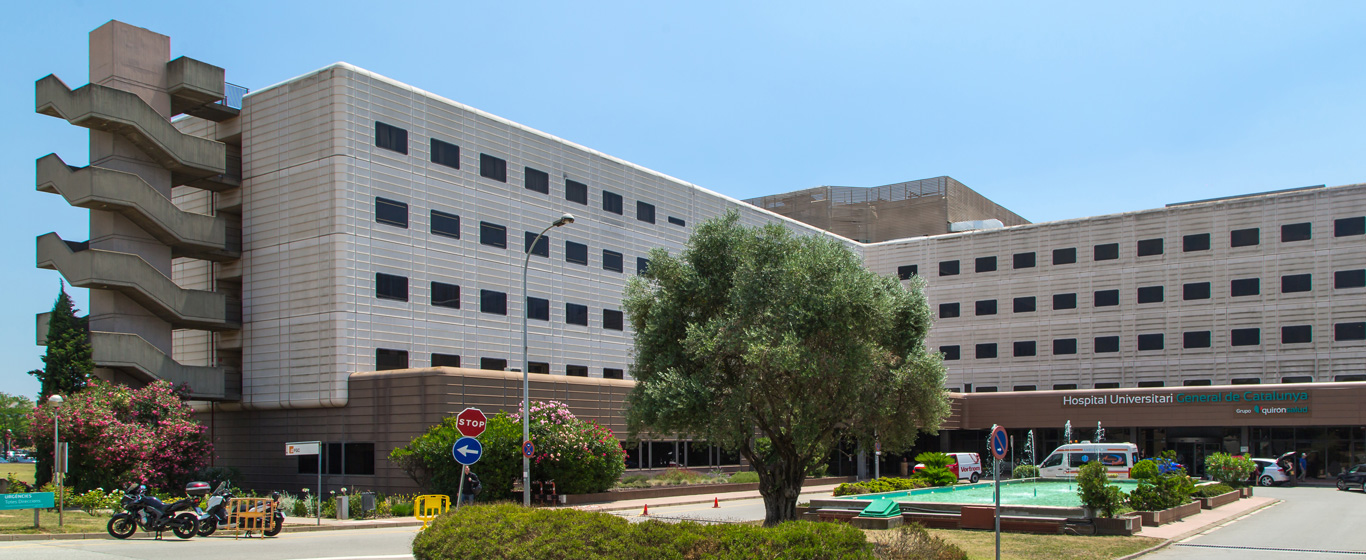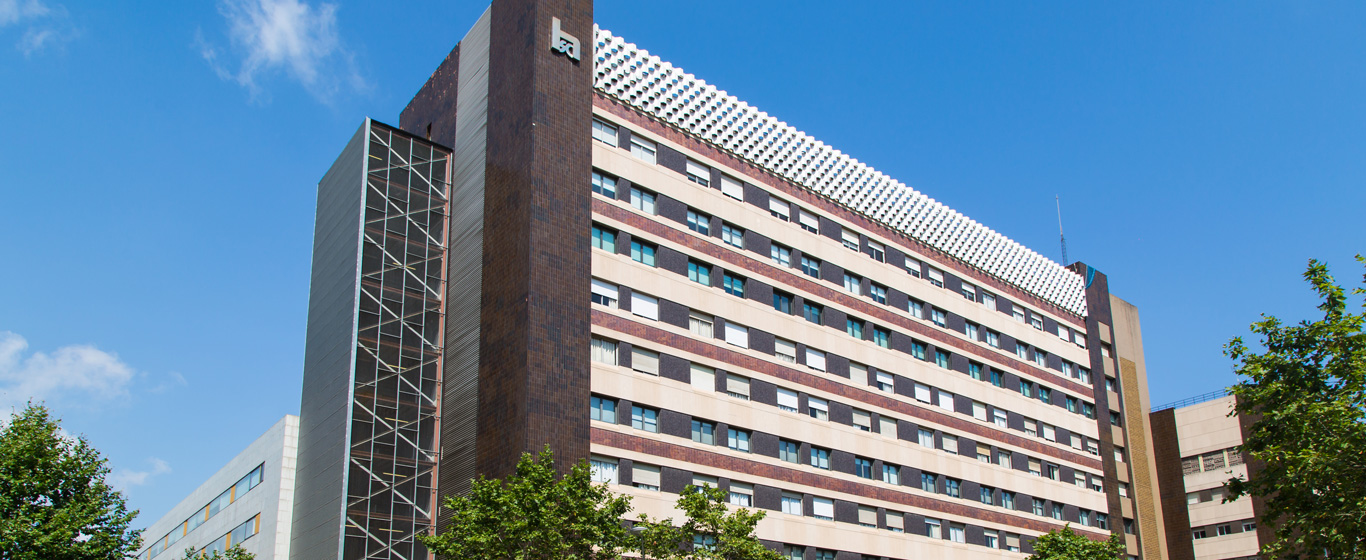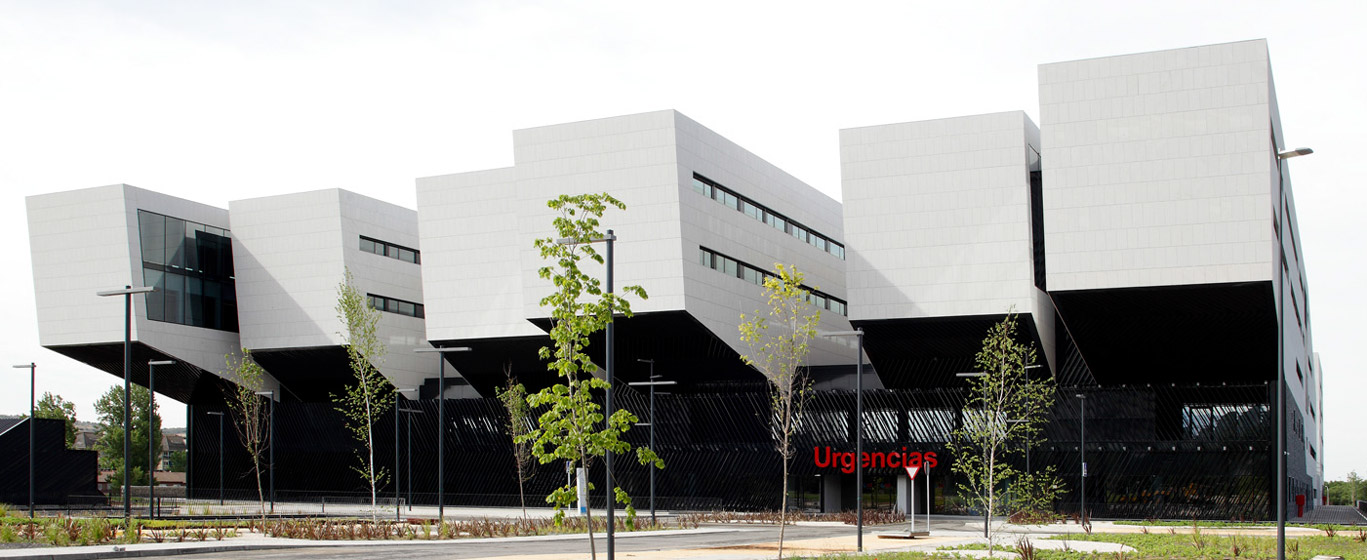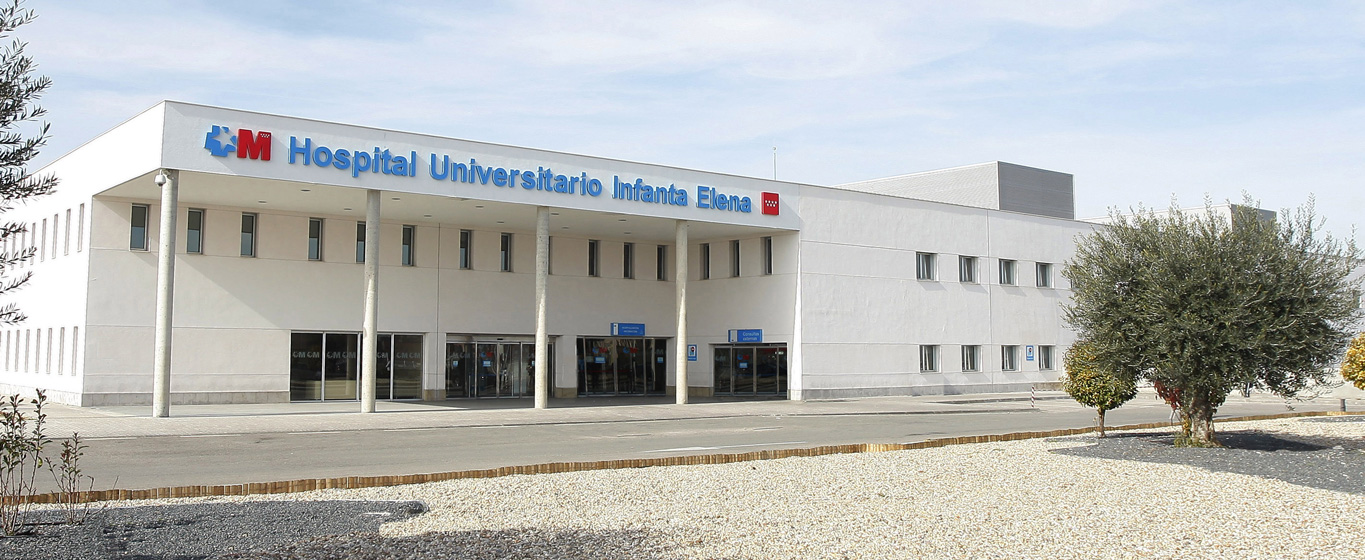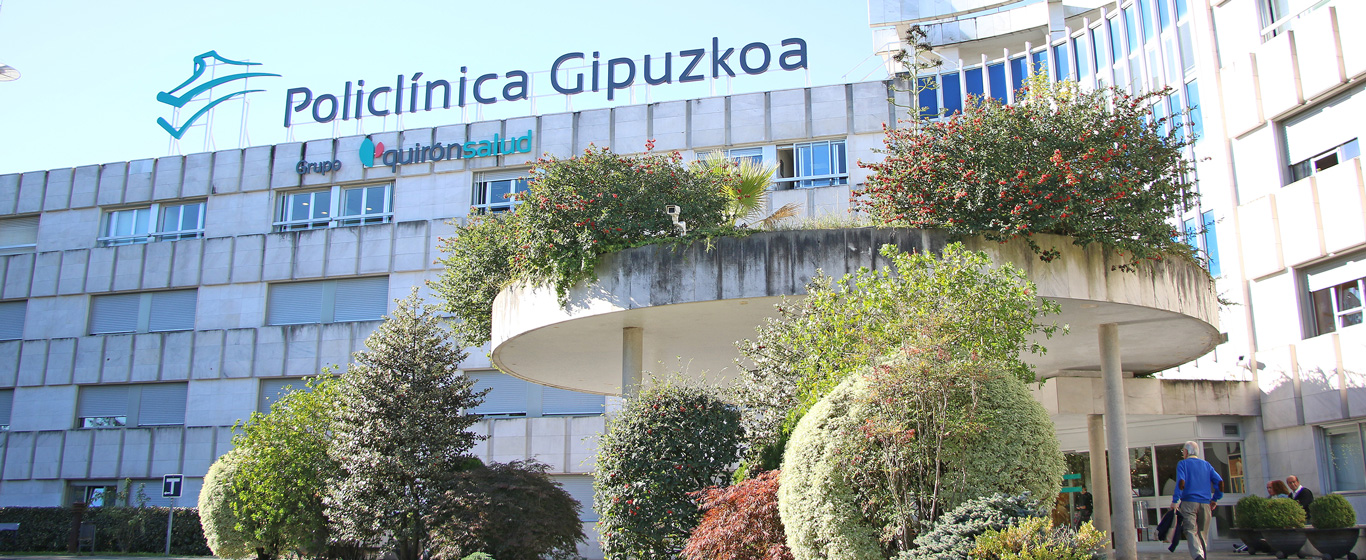Amyloidosis
Everything about the causes, symptoms, and prognosis of conditions that cause protein accumulation in organs.
Symptoms and Causes
Amyloidosis encompasses a group of diseases caused by the extracellular accumulation of fibrillar structures formed by proteins. These deposits form when the amino acid chains that make up proteins fold abnormally—that is, when the process by which they twist and fold to create the three-dimensional (native) structure necessary to perform their biological function (forming antibodies, repairing tissues, producing hormones, controlling blood sugar levels) does not occur properly.
Studies have identified more than thirty proteins capable of generating amyloidosis, but the most common types are:
- AL or primary amyloidosis: Originates in the bone marrow and causes abnormal development of plasma cells, a type of white blood cell. It can affect the kidneys, liver, spleen, skin, tongue, intestines, heart, or blood vessels.
- AA or secondary amyloidosis: Derives from infectious or inflammatory diseases lasting more than six months. It commonly affects the kidneys, liver, spleen, intestines, or lymph nodes.
- Hereditary or familial amyloidosis (ATTRv): Caused by an inherited mutated gene associated with the transthyretin (TTR) protein, which is responsible for transporting certain thyroid hormones (thyroxine) and vitamin A (retinol). It frequently damages the nervous system or the heart.
- Senile systemic amyloidosis (ATTRwt): The most common type. It is an acquired form, not inherited, and develops with age. It results from the misfolding of the natural (wild-type) transthyretin protein, usually present in the heart and soft tissues. The organs most affected are the heart, kidneys, and nervous system.
Amyloidosis is a serious disease with a variable prognosis depending on the type of protein involved. It shortens patients’ life expectancy, and depending on the organs affected, survival may range from a few months to several years. To determine the most appropriate treatment and improve survival rates—especially in AL and ATTR types—early diagnosis is essential.
Symptoms
The symptoms of amyloidosis vary depending on the organs affected:
- Cardiac amyloidosis: Also known as stiff heart syndrome, it causes fatigue, dizziness, enlarged tongue, arrhythmias, heart failure, nausea, loss of appetite, erectile dysfunction, knee or hip pain, glaucoma, periorbital purpura, shortness of breath, lumbar spinal stenosis, carpal tunnel syndrome, or peripheral edema.
- Cutaneous amyloidosis: Affects the skin and may manifest in three forms:
- Macular amyloidosis: Brown spots, skin thickening, and itching.
- Lichenoid amyloidosis: Red bumps, itching, and eventually hardened skin plaques.
- Amyloid purpura: Bruising, mainly around the eyes.
- Intestinal amyloidosis: Causes alterations in intestinal motility and malabsorption of nutrients.
- Renal amyloidosis: Often leads to elevated cholesterol levels, proteinuria (protein in urine), low protein levels in the blood, swelling, tingling in the hands, and joint stiffness.
- Central nervous system amyloidosis: Manifests as pain and numbness in the extremities, with a sensation of pins and needles.
Causes
Each type of amyloidosis has different causes:
- AL or primary amyloidosis: Bone marrow plasma cells produce an excess of immunoglobulin light chains that cannot be adequately degraded, leading them to aggregate and accumulate in the extracellular spaces of tissues.
- AA or secondary amyloidosis: As a normal response to infection or inflammation, serum amyloid A levels in the blood increase. It often arises as a result of lupus, tuberculosis, rheumatoid arthritis, inflammatory bowel disease, or osteomyelitis.
- ATTRv and ATTRwt amyloidosis: Transthyretin loses its three-dimensional structure and, consequently, its functionality. This may be due to a genetic mutation or age-related changes.
Risk Factors
The factors that increase the risk of developing amyloidosis include:
- Advanced age (usually diagnosed after age 60 or 70)
- Male sex
- Infectious diseases
- Chronic inflammatory diseases
- Family history
- Kidney dialysis: patients with kidney disease have greater difficulty eliminating large proteins, which tend to deposit in other tissues.
- African ancestry
Complications
Amyloidosis complications are serious because they affect vital organs:
- Heart:
- Reduced capacity to fill with blood, so each beat pumps less blood.
- Heart rhythm disturbances.
- Shortness of breath.
- Kidneys:
- Impaired waste elimination.
- Kidney failure.
- Nervous system:
- Pain.
- Tingling and numbness in the extremities, especially hands and feet.
- Altered bowel habits (constipation or diarrhea).
- Fainting.
Prevention
Amyloidosis cannot be prevented.
Which specialist treats amyloidosis?
Amyloidosis is a complex condition that can affect very different organs, so it is managed by specialists in internal medicine, cardiology, neurology, nephrology, or hematology and hemotherapy.
Diagnosis
Diagnosing amyloidosis is challenging because most symptoms can be mistaken for other conditions. To confirm its presence, the following tests are used:
- Blood and urine tests: Detect abnormal protein levels.
- Biopsy: A sample of abdominal fat, bone marrow, or tissue from the affected organ is taken for laboratory analysis. This test determines the type of amyloid present.
- Echocardiogram: Provides heart images to help identify physiological abnormalities.
- Magnetic resonance imaging (MRI): Produces a three-dimensional reconstruction of the organ being examined, revealing possible structural and functional changes.
Treatment
Amyloidosis treatments focus on relieving symptoms and slowing disease progression, as it has no cure.
Therapy targeting amyloidosis itself is based on medications that inhibit the production of abnormal light chain proteins or block transthyretin synthesis. In some cases, autologous stem cell transplantation is effective in improving organ function and controlling disease progression.
Additionally, it is essential to treat the underlying infectious or inflammatory disease causing amyloidosis, as well as any organ-specific disorders. Solid organ transplantation may be considered in the most severe cases.



























